Search
Search Results
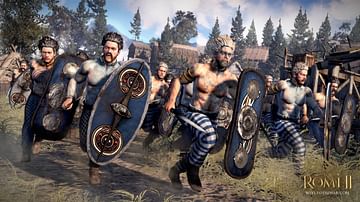
Image
Painted Celtic Warriors
An artist's impression of how Celtic warriors may have looked in battle. Roman writers describe such warriors as wearing blue paint, having long hair dyed blond using lime and clothing with distinctive patterns.
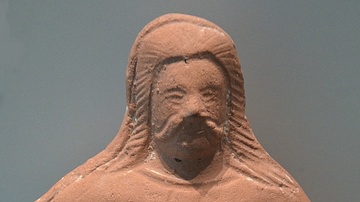
Image
Celtic Warrior
Terracotta statuette of a warrior carrying a Celtic shield. He is depicted with long hair, drooping moustache, trousers and a tunic. 2nd century CE. (Ashmolean Museum, UK)
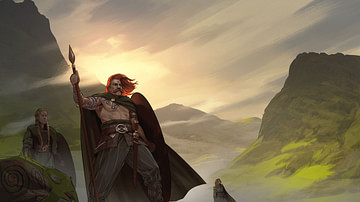
Image
Celtic Warriors
Artist's impression of Celtic warriors standing on a hill. Created by Amplitude Studios for the video game Humankind.
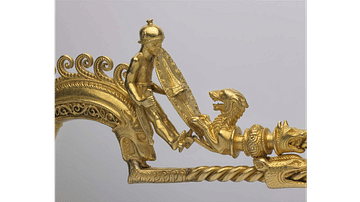
Image
Celtic Warrior, Braganza Brooch
A detail of the Braganza Brooch showing a Celtic warrior with shield and helmet. Iberian, gold, 250-200 BCE. Length: 14 centimetres.
The British Museum, London.
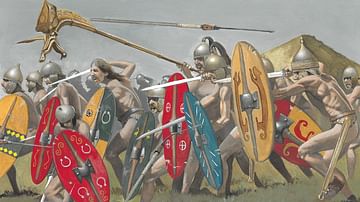
Image
Artist's Impression of Celtic Warriors
Artist's impression of ancient Celtic warriors by Zvonimir Grbasic. Copyright, republished with permission from Ancient History Magazine / Karwansaray Publishers.

Definition
Cimbri
The Cimbri were a tribe who lived in northern Jutland during the Roman era. Their ethnicity is enigmatic; scholars generally believe that the Cimbri were Germans, though others maintain that they were Celts. The late 2nd-century BCE migration...
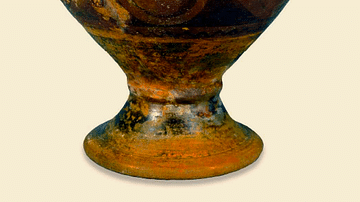
Image
Celtic Pottery Vessel
A Celtic pottery vessel from La Marne, France. It shows typical Celtic design features with its curvilinear shape and motifs in black on a red background. 4th century BCE. Height: 30 cm. (British Museum, London)
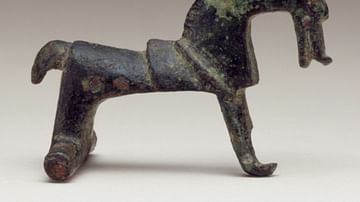
Image
Celtic Horse Brooch
This small bronze brooch was made in Central Europe sometime between 650 and 550 BCE. This horse-shaped pin is one of many examples of Celtic animal brooches from Central Europe. From the Metropolitan Museum of Art, New York.

Video
The Celtic Origins of Halloween
In this documentary we explore another one of the Misunderstood Moments in History which has to do with the origin of Halloween. This dates back to the Celtic traditions from the bronze age Hallstatt and later La Tene culture. We discuss...

Video
Ancient Celtic History, Origin and Culture
The Ancient Celtic people were never a unified empire, but were individual and complex tribes that shared the Celtic language, and through the trade of goods and ideas, shared similarities in art, warfare, religion and burial practices. The...